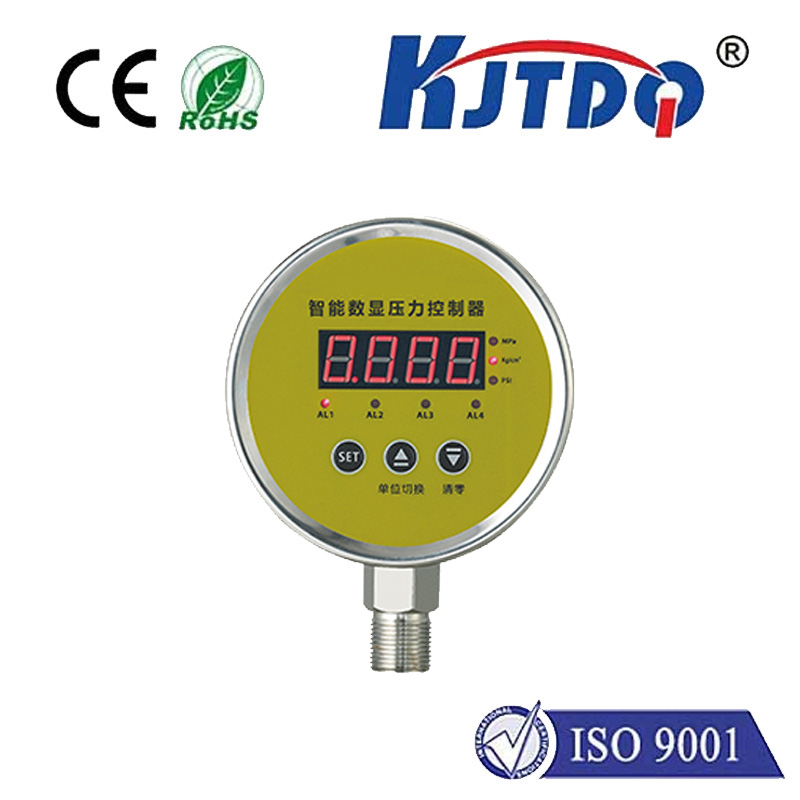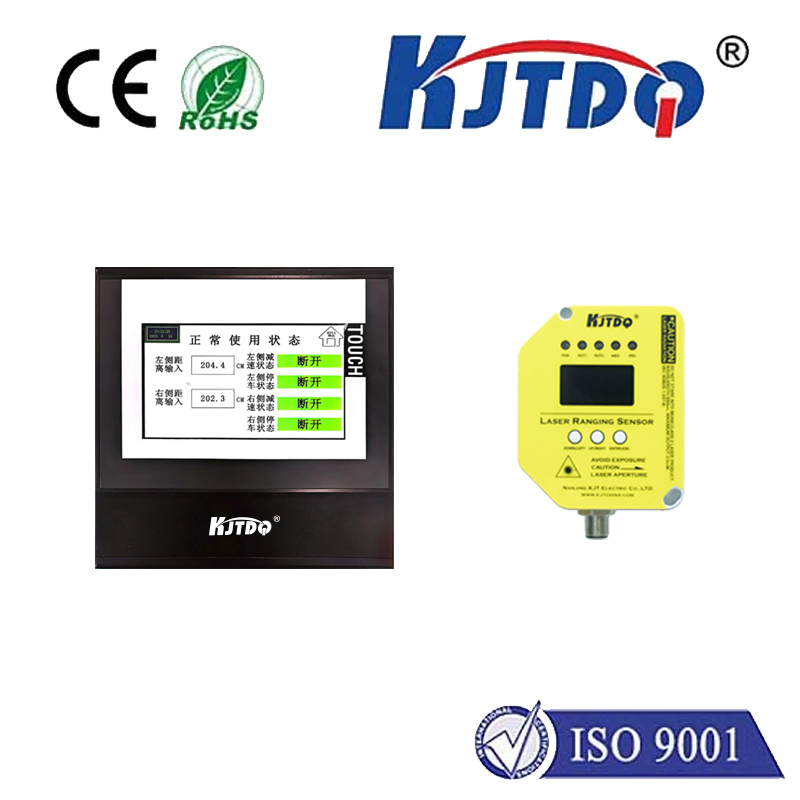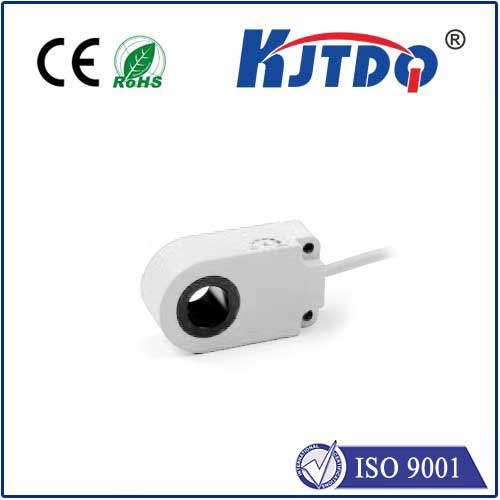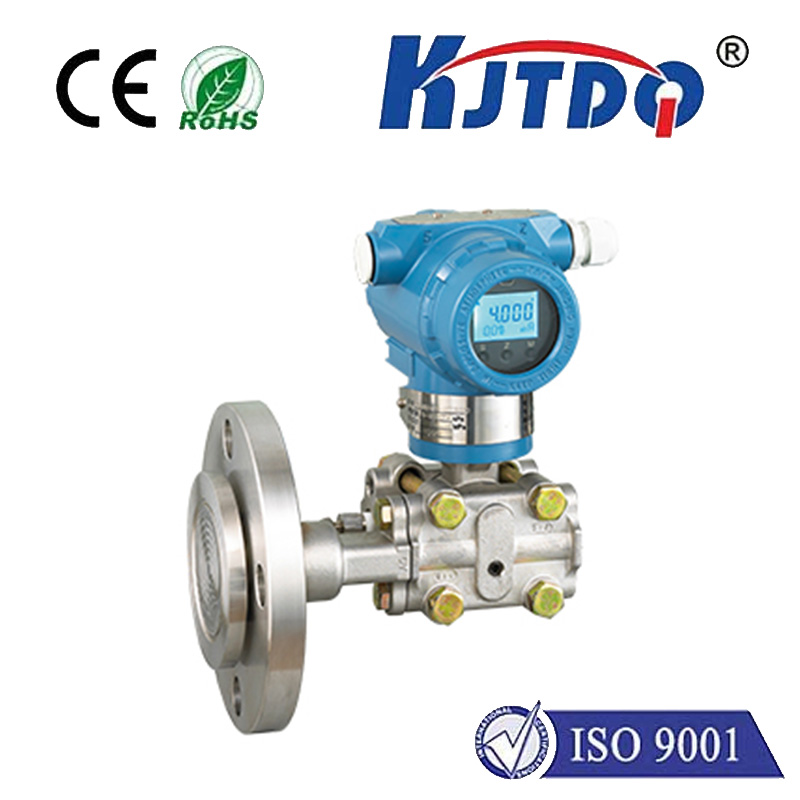

check

check

check

check
E3S-A: A Game-Changing Approach to Sustainable Energy Systems
In an era where environmental concerns are at the forefront of global discourse, the pursuit of sustainable energy systems has become more critical than ever. The acronym E3S-A, which stands for Energy, Environment, Society, and Architecture, represents a holistic approach to addressing the complex challenges of energy production and consumption. This article explores the key principles and applications of E3S-A, emphasizing its role in fostering a more sustainable and resilient future.
The E3S-A framework is designed to integrate three core pillars: Energy, Environment, and Society, with Architecture serving as a critical enabler. By aligning these elements, E3S-A encourages a multidisciplinary approach that considers not only the technical aspects of energy systems but also their social, environmental, and economic impacts. This integrated perspective is essential for creating solutions that are both innovative and contextually relevant.

One of the most significant contributions of E3S-A is its emphasis on sustainable energy generation and distribution. As the world transitions from fossil fuels to renewable energy sources, the need for efficient and scalable solutions becomes increasingly urgent. E3S-A advocates for the development of energy systems that are not only environmentally friendly but also economically viable. By integrating renewable energy technologies with smart grid systems and energy storage solutions, E3S-A supports the transition to a low-carbon energy future.
Moreover, E3S-A underscores the importance of environmental sustainability in all stages of energy systems. This includes minimizing carbon footprints, reducing waste, and promoting circular economy principles. The framework encourages the use of sustainable materials and practices in the construction and maintenance of energy infrastructure, ensuring that energy systems do not compromise ecological integrity.
The social dimension of E3S-A is equally vital. Energy systems must be inclusive and accessible to all communities, particularly in underserved regions. By involving local stakeholders in the design and implementation of energy projects, E3S-A ensures that energy solutions are tailored to the specific needs of the communities they serve. This approach not only enhances the effectiveness of energy initiatives but also fosters social equity and public engagement.
In the realm of architecture, E3S-A highlights the role of buildings in shaping energy systems. Sustainable architecture, which incorporates energy-efficient designs, renewable energy integration, and smart technologies, is a crucial component of E3S-A. By designing buildings that are energy-positive and contribute to the broader sustainability goals, architects play a pivotal role in reducing energy consumption and enhancing the resilience of urban environments.
The application of E3S-A is not limited to large-scale infrastructure projects. It also extends to small-scale and community-based energy initiatives, where local participation and innovation drive meaningful change. By empowering communities to take an active role in energy planning and management, E3S-A fosters a sense of ownership and responsibility for the environment and society.
In conclusion, E3S-A represents a comprehensive and forward-thinking approach to sustainable energy systems. By integrating energy, environment, society, and architecture, this framework offers a holistic solution to the challenges of energy production and consumption. As the world continues to seek sustainable solutions, the principles of E3S-A provide a valuable roadmap for building a more resilient and sustainable future.









